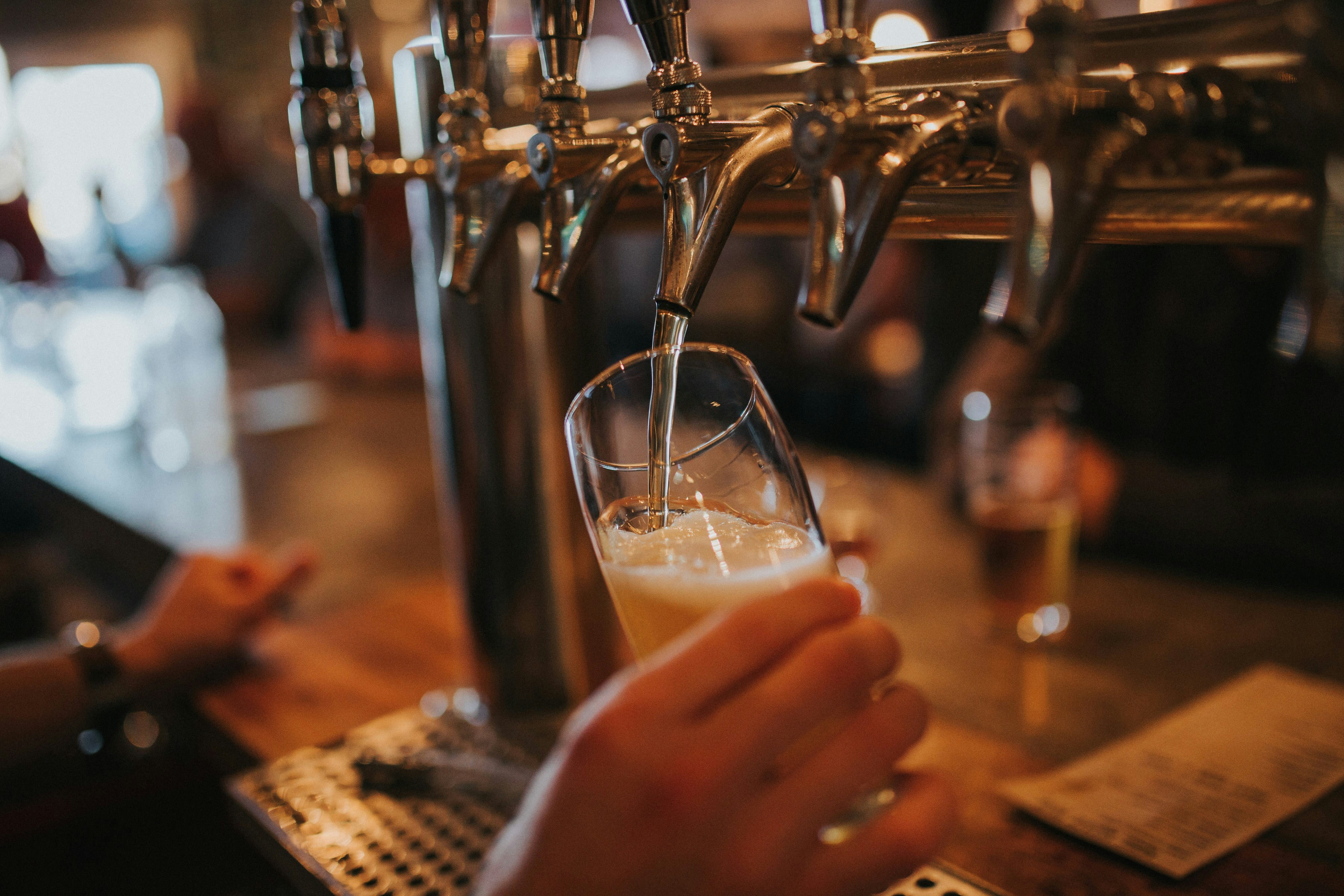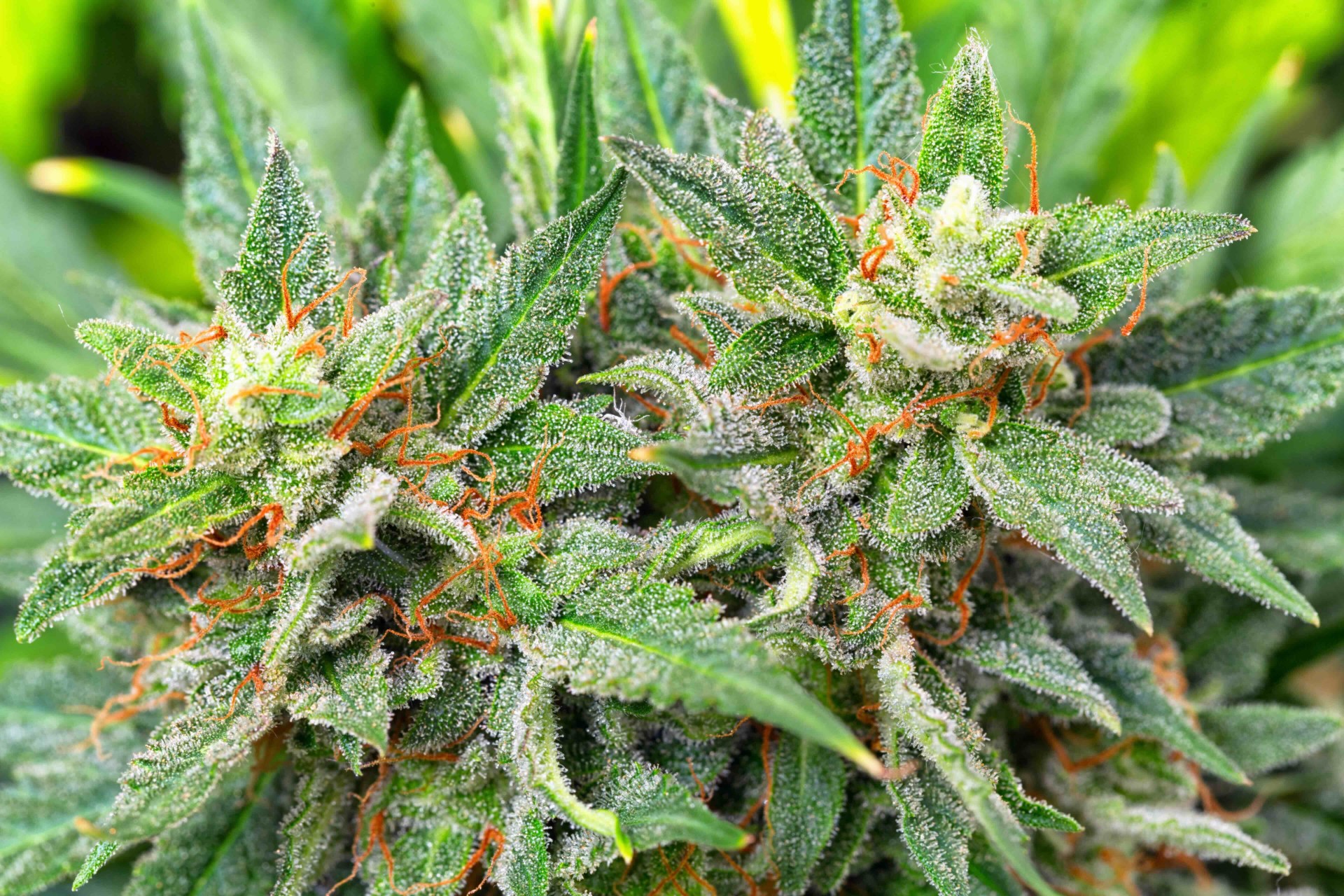
Marketing and Advertising Challenges: Insights for Craft Breweries
Craft breweries, renowned for their artisanal approach and unique flavor profiles, face distinctive challenges when it comes to marketing and advertising. While larger beer brands often wield substantial budgets and established market presence, craft breweries must rely on creativity, authenticity, and strategic thinking to effectively reach their target audiences. This article explores some of the key marketing and advertising issues confronting craft breweries today and suggests strategies for navigating these challenges.
Limited Budgets and Resource Allocation
One of the foremost challenges for craft breweries is operating within constrained marketing budgets. Unlike larger beer conglomerates with substantial financial resources, craft breweries often have limited funds available for advertising and promotional activities. This necessitates a careful allocation of resources to initiatives that offer the greatest return on investment (ROI) and align with the brewery’s brand identity.
Strategy: Craft breweries can maximize their marketing impact by prioritizing cost-effective digital strategies such as social media marketing, email campaigns, and influencer partnerships. Leveraging local community events, collaborations with other businesses, and word-of-mouth marketing can also amplify reach without significant financial outlay.
Differentiating in a Crowded Market
The craft beer market is highly competitive, with numerous breweries vying for consumer attention. Standing out amidst this saturation requires craft breweries to differentiate their brand and products effectively. Moreover, with evolving consumer preferences and trends, maintaining relevance and visibility can be challenging.
Strategy: Craft breweries should focus on highlighting their unique selling propositions (USPs) – whether it’s their brewing techniques, ingredients, sustainability practices, or community involvement. Emphasizing authenticity and storytelling through brand narratives can forge deeper connections with consumers who value craftsmanship and local authenticity.
Navigating Regulatory Restrictions
The alcohol industry is subject to stringent advertising regulations and guidelines aimed at protecting consumers and preventing underage drinking. Craft breweries must navigate these regulatory landscapes, which vary by region and country, to ensure compliance while effectively promoting their products.
Strategy: Staying informed about local advertising regulations and working closely with legal advisors can help craft breweries develop compliant marketing strategies. Emphasizing responsible drinking messages and avoiding misleading claims are essential components of maintaining regulatory compliance while promoting brand integrity.
Building Brand Awareness and Loyalty
Establishing and maintaining brand awareness and loyalty is crucial for the long-term success of craft breweries. With limited marketing budgets, achieving widespread recognition and fostering customer loyalty requires strategic planning and consistent engagement.
Strategy: Craft breweries can cultivate brand loyalty by fostering genuine connections with consumers through personalized experiences, engaging storytelling, and interactive content. Utilizing customer feedback, participating in industry awards and competitions, and leveraging partnerships with local businesses can further enhance brand visibility and credibility.
Effective Use of Digital and Social Media
In today’s digital age, social media platforms offer craft breweries a powerful tool for connecting directly with consumers and amplifying their brand message. However, navigating the nuances of social media marketing – including algorithm changes, content trends, and platform-specific strategies – can pose challenges.
Strategy: Craft breweries should develop a robust digital marketing strategy that includes a consistent presence on key platforms frequented by their target demographic. Engaging content, visual storytelling, user-generated content (UGC), and influencer collaborations can all contribute to building a vibrant online community and driving brand awareness.
Measuring ROI and Effectiveness
Determining the effectiveness of marketing and advertising efforts can be challenging for craft breweries, especially when faced with limited resources and diverse marketing channels. Measuring ROI accurately allows breweries to optimize their strategies and allocate resources more effectively.
Strategy: Implementing analytics tools and tracking key performance indicators (KPIs) such as website traffic, social media engagement, conversion rates, and customer acquisition costs can provide valuable insights into the success of marketing campaigns. Conducting A/B testing, gathering customer feedback, and refining strategies based on data-driven insights are essential for continuous improvement.
Adapting to Consumer Trends
Consumer preferences and trends within the craft beer industry are constantly evolving. Craft breweries must stay agile and responsive to shifts in consumer behavior, tastes, and purchasing habits to remain competitive.
Strategy: Conducting market research, monitoring industry trends, and actively listening to customer feedback can inform product development and marketing strategies. Agility and the ability to adapt quickly to changing consumer preferences can position craft breweries as innovative leaders in the market.
Conclusion
While marketing and advertising present significant challenges for craft breweries, these challenges also present opportunities for creativity, innovation, and community engagement. By leveraging their unique strengths, telling compelling stories, and embracing digital platforms effectively, craft breweries can build meaningful connections with consumers and achieve sustainable growth in a dynamic and competitive industry. Through strategic planning, compliance with regulations, and a commitment to authenticity, craft breweries can navigate the complexities of marketing and advertising to thrive in an evolving marketplace.





